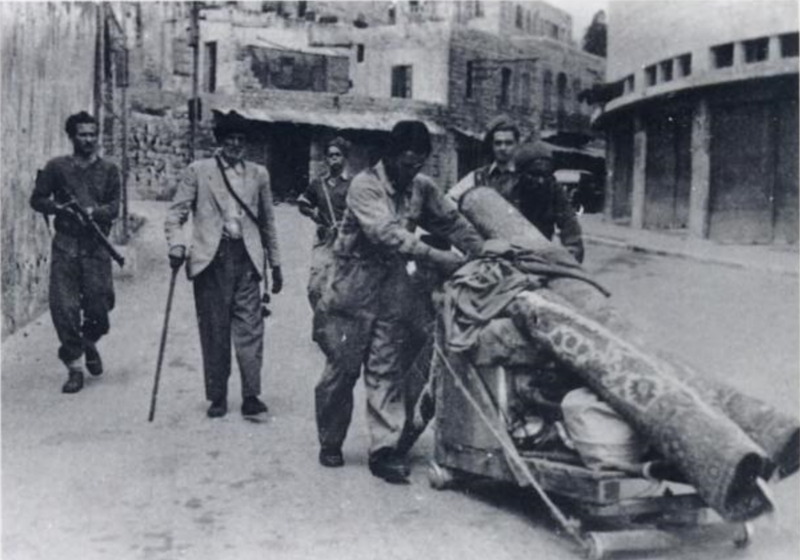The forgotten story of the Boutagy family, one of the few middle class Palestinian families that remained in the land after 1948, allows us to comprehend how this group thrived in the city of Hayfa during the British Mandate (I use the Arabic-to-English transliteration “Hayfa” to distinguish between pre-occupation “Hayfa” and “Haifa” after the city was occupied in 1948). This prosperity was made possible also by the ability of its members to maneuver between contradictions at a time rife with political, social, and economic changes.
The story of the Boutagy family following the Nakba, during which hundreds of thousands of Palestinians either fled or were expelled from their homeland and were forcibly prevented from returning, is the exception that proves the rule. The efforts the family made to remain, and the reasons it eventually left Haifa a few years later, illustrate the stark new reality in which the Palestinians found themselves inside the newly-established State of Israel.
The world of the Palestinians who remained in the city was delineated, on one side, by new external borders and a disconnect from the Arab world; and on the other, by internal borders that separated Palestinians between cities and villages, as well as between Palestinians and Jewish Israelis living in the cities themselves
Meanwhile, the bourgeois Palestinians faced a new political reality whereby the Israeli state insisted on a Jewish monopoly over capital and sovereignty, and also disconnected, using those same new borders, any connection between Palestinians and the world. In this reality, members of the Palestinian middle class who tried to maneuver between capitalist aspirations, modernity, cosmopolitanism, and nationalism did not find a place in the new state.
Hayfa-Haifa constitutes a unique example in the study of cities during the early state-building years, particularly for the status of Palestinians who became citizens of Israel, whom I will call here al-mutabaqqun (those who remain). As opposed to the “seized territories” — referring to the land that was conquered by Israeli forces in 1948 after it was designated to be part of a Palestinian Arab state, in accordance with the 1947 UN Partition Plan — Hayfa was designated by that same plan to be part of the Jewish state.
In principle, and according to commitments made by the Zionist leadership in relation to the Partition Plan, Palestinians in the city were supposed to enjoy equal rights in the future Jewish state. But an examination of Israeli spatial policy in the city, alongside the population management policy that targeted the Palestinians who remained, is indicative, perhaps more than anywhere else, how the Jewish state imagined and shaped the cities from which Palestinians had been expelled, and concurrently, how it imagined and shaped the status of Palestinians within the Jewish state and within the city.


